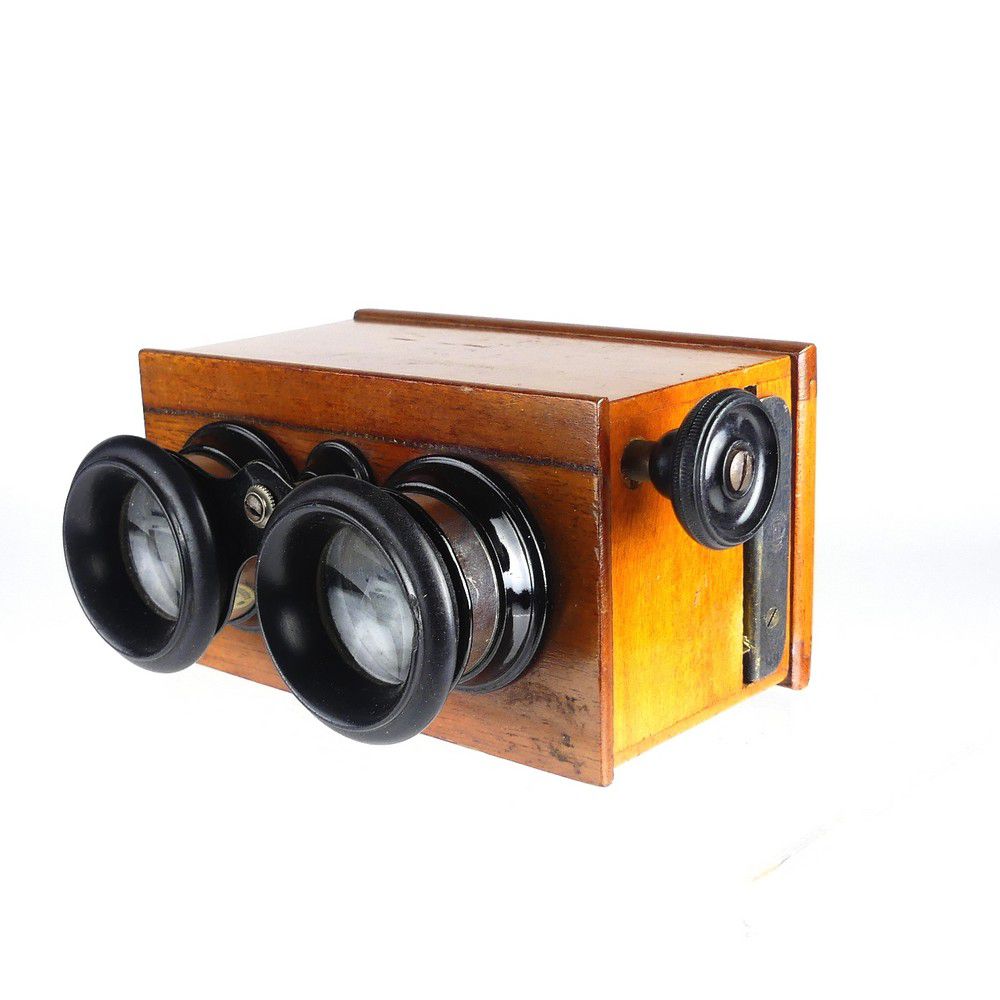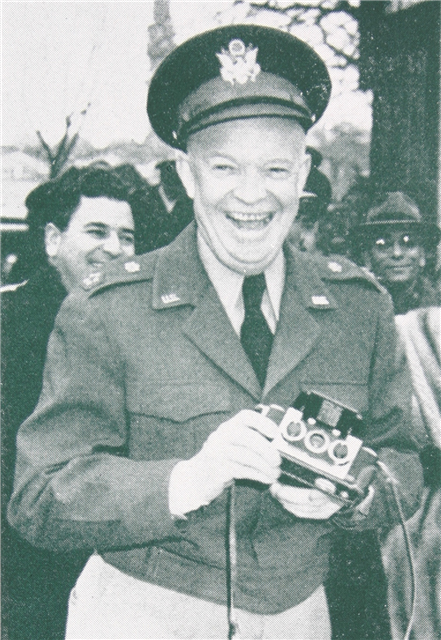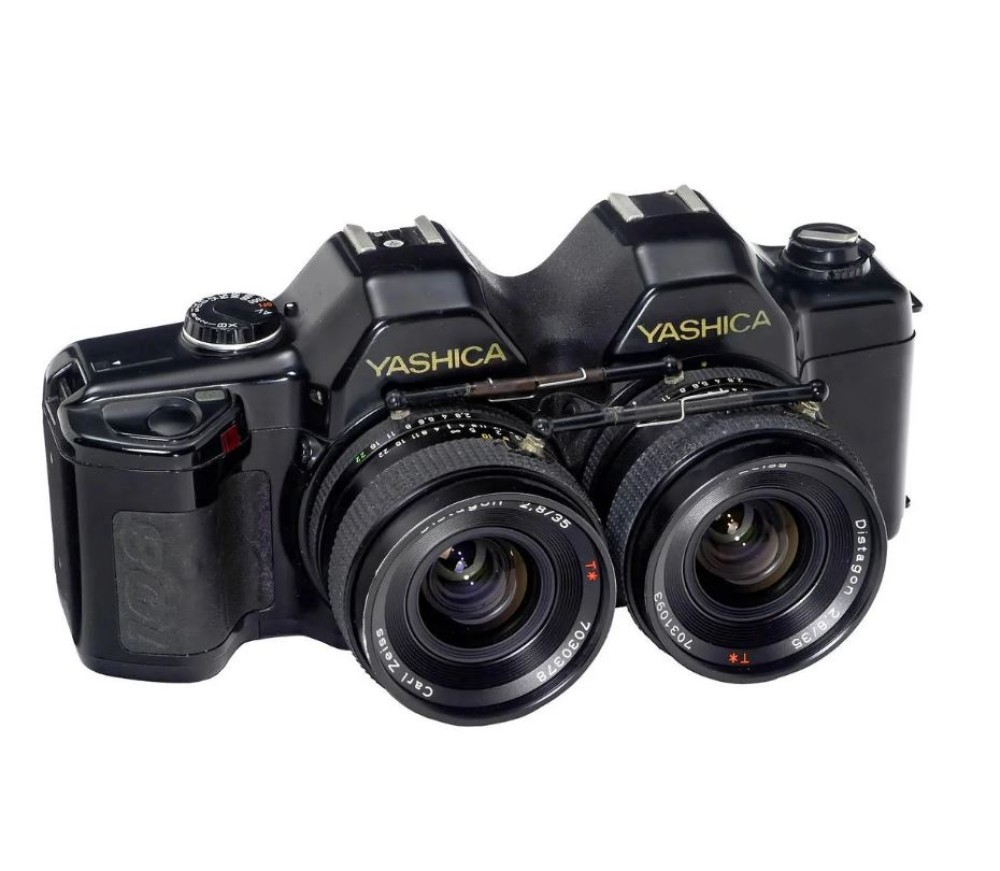Zenith wrote: ↑Wed Nov 19, 2025 1:27 pm
Stereo photography was a specialist interest that never really took off, but there was enough of a market for companies to make equipment.
Many companies made equipment, and there are still a few around.
There was a large industry producing pictures "for education and entertainment" between 1880 and the end of WW1. I presume cinema was the HP35 to their Fuller calculators

Some of those pictures are, IMHO tedious, especially those related to Boer War, WW1, Vatican and Louvre. Others are beautiful fascinating and absorbing.
There was another boom in the late 40s and 50s, due to the widespread availability of 35mm positive film. It has continued as a specialist interest until the current day.
There are some slides and equipment up for auction most days, and the prices are relatively stable over time. See
https://www.the-saleroom.com/en-gb/sear ... ereoscopic
A friend was into it for a time. He had a stereo projector and a special screen. Even though this was quite sophisticated equipment, I always thought it had the Weetabix viewer effect about it. The image seemed to be not really 3D and in perspective, but a series of cardboard cut outs at varying distances.
There are two effects that can cause that, but they are avoidable and hence frowned upon.
Projection is problematic in ways that hand/table viewers aren't. I considered getting a projector, but have stuck with viewers.
If the camera lenses are too far apart then you get hyperstereo. For snapshots 62.5mm is right (i.e. the average inter-pupilliary distance. For closeups, half that is reasonable; I modified my 1980s Nimslo so that the two centre lenses were focussed at 6", IIRC. For astronomical photos, anything up to and including 2AU is preferred

When projected, the Z-plane magnification depends on projector alignment and how far the viewer is from the screen. With some subjects, that can result in the cardboard cutout effect.
Projector alignment: if the homologous points are too far apart, they look relatively too close. Realign the projector

More subtly, the angle subtended by the homologous points depends on how far the viewer is from the screen; sit too close and the Z dimension is magnified. Consequently there is a "sweet spot" at which to to sit.
Worth bearing in mind when going to the cinema to see the latest episode of
Dances With Wolves Avatar: sit on the centre line and somewhere in the middle rows.
When going to see the "shock SFX" movies of the mid 50s, take some tomatoes to throw at the screen. They won't hit the screen because they will stick on the spears/lions/etc coming through the screen at the audience. It will be easy to find expert witnesses to act in your defence

I remember the Weetabix viewer with pictures of birds and such. I never came any "artistic" stereo pictures, intended for serious students of art and anatomy of course.
You know a new technology is significant once organised crime has started to use it. Consider pagers, VCR tapes, the telephone, semaphore...





